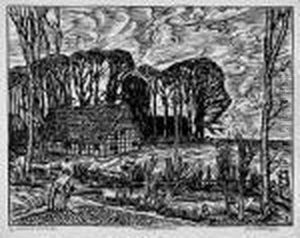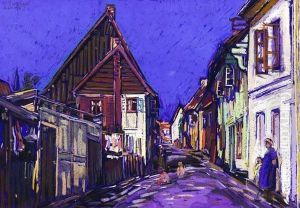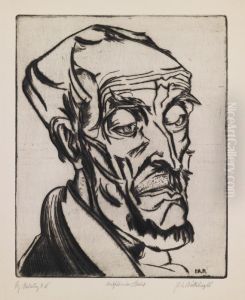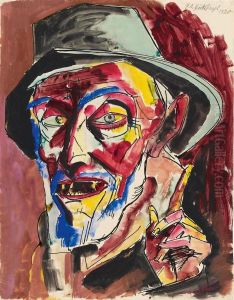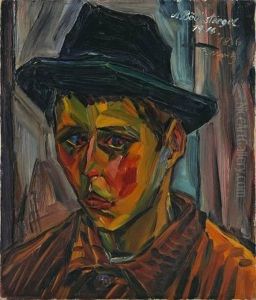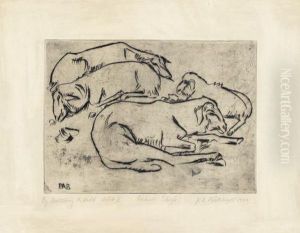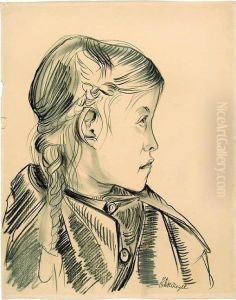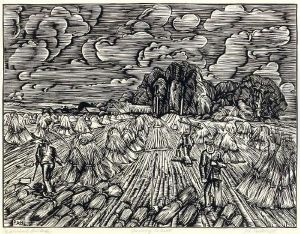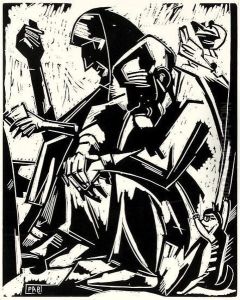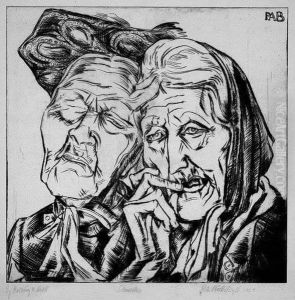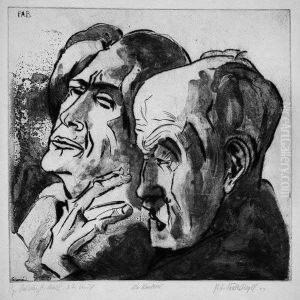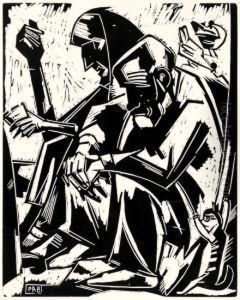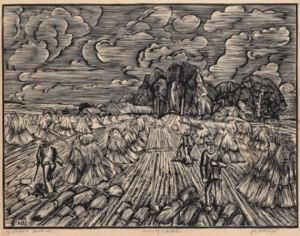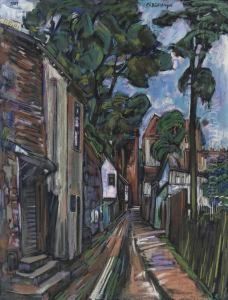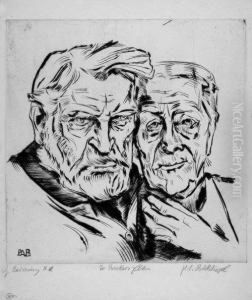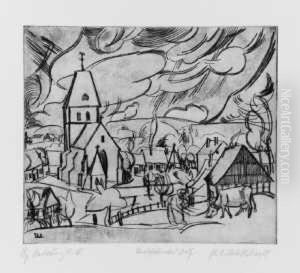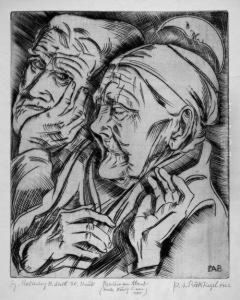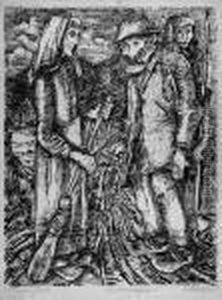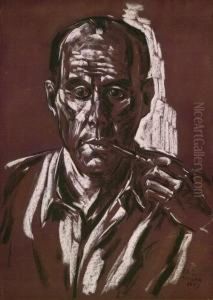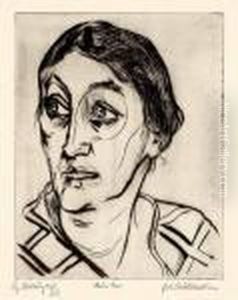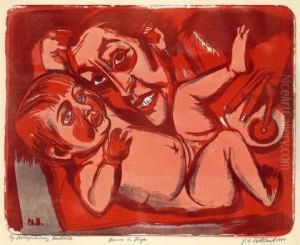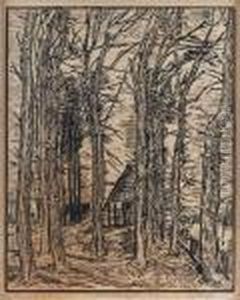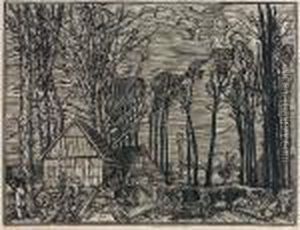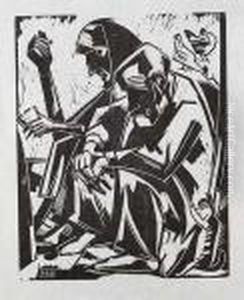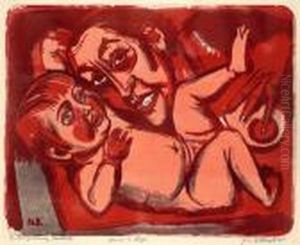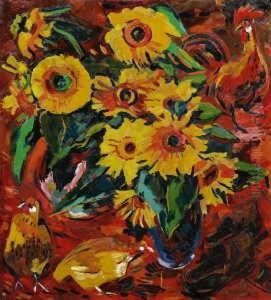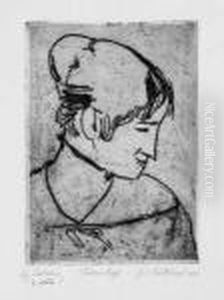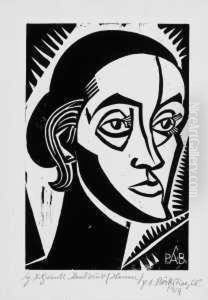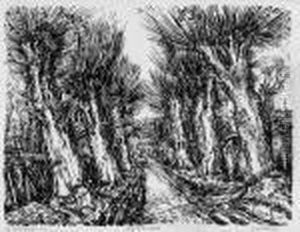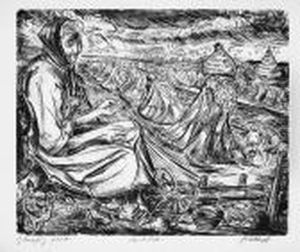Peter August Bockstiegel Paintings
Peter August Böckstiegel was a German expressionist painter and printmaker. Born on April 7, 1889, in Werther, Westphalia, he was one of the lesser-known but significant artists of the early 20th century in Germany. He grew up in a rural environment, which had a lasting influence on his artistic work, often reflected through the depiction of agricultural life and landscapes in his paintings.
Böckstiegel studied at the School of Applied Arts in Bielefeld and later at the Academy of Fine Arts in Berlin. His work was profoundly influenced by the expressionist movement, which was characterized by its use of bold colors, emotive subject matter, and a tendency to distort reality for emotional effect. This influence was particularly evident after his association with the 'Brücke' artists, although he was never a formal member of this group.
During World War I, he served in the German army, and this experience impacted his artistic vision as well. Post-war, Böckstiegel returned to his hometown, where he continued to work and develop his distinctive style, marked by a strong connection to his local environment and its people.
His work encompasses a variety of mediums including painting, woodcuts, and stained glass. Böckstiegel's art was often celebratory of the natural world, but he also did not shy away from showing the hardships of rural life. Despite his local focus, his style and thematic concerns were in dialogue with the broader currents of European modernism.
Throughout his career, he faced financial difficulties and lack of recognition, yet he continued to produce a prolific body of work. After his death on September 20, 1951, Böckstiegel's contribution to German Expressionism began to be more widely appreciated. Today, his work is recognized for its vibrant intensity and its unique blend of regionalism with the expressionist aesthetic.
